Tag: VAP
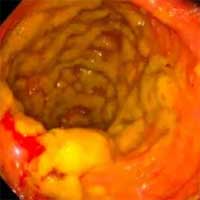
Catheter-associated Urinary Tract Infection (CAUTI)
Urinalysis should not be checked simply due to cloudy or odorous urine (Class A recommendation from Infectious Diseases Society of America). This probably represents colonization of the Foley bag, not invasive infection. Be... read more
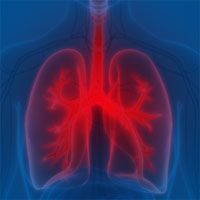
5-year Study Shows Predominance of Non-Device-Associated Pneumonia
Among more than 160,000 patients admitted to University of North Carolina hospitals during a recent 5-year period, non-device-associated, or ND, pneumonia was implicated in three of every four nosocomial pneumonia cases,... read more
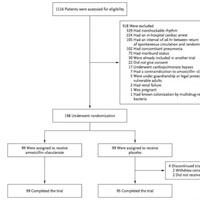
Prophylactic Antibiotics After Cardiac Arrest?
This is a multicenter, double-blind, placebo-controlled trial of patients resuscitated from shockable out-of-hospital cardiac arrest. Patients were randomized to placebo versus intravenous amoxicillin-clavulanate for two... read more

The Effect of Early Mobilization in Critically Ill Patients
This study indicated that early mobilization was effective in preventing the occurrence of ICU-AW, shortening the length of ICU and hospital stay, and improving the functional mobility. However, it had no effect on the ICU... read more
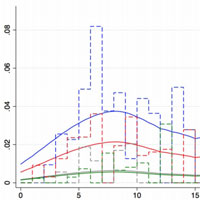
Impact of a Multifaceted Prevention Program on VAP Including Selective Oropharyngeal Decontamination
Ventilator-associated pneumonia (VAP) remains a serious complication of mechanical ventilation (MV), and has an incidence between 2 and 16 episodes per 1000 ventilator-days, an attributable mortality of 5–13%, excess ICU... read more
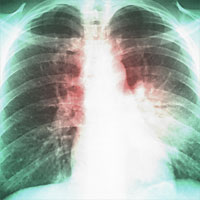
Diagnosis of Nonventilated Hospital-acquired Pneumonia
Nonventilated hospital-acquired pneumonia (NV-HAP) poses several barriers for diagnosis compared with VAP, and the available knowledge is limited. A call for further research in diagnosis of nonventilated HAP is urgent.... read more
What should we stop doing in the ICU?
Intensive care is an interesting specialty. From all the early excitement in the 1970s, passing through two decades of intensive physiological use at the bedside, intensive care landed on the rough ground of modern randomized... read more

Closed ICU Model Linked to 100% Reduction in Several HAIs
A closed intensive care unit model, in which a patient is evaluated and admitted under an intensivist and patient care orders are written by ICU staff, can help reduce rates of several healthcare-associated infections (HAI),... read more

New Guidelines for Hospital-acquired Pneumonia/Ventilator-associated Pneumonia
American and European guidelines have many areas of common agreement such as limiting antibiotic duration. Both guidelines were in favor of a close clinical assessment. Neither recommended a regular use of biomarkers but... read more

Antibiotic Treatment of Hospital-acquired Pneumonia
Although more prospective therapy trials of Hospital-acquired Pneumonia (HAP) are needed, based on currently available data, it is possible to use an approach that provides appropriate therapy without the overuse of broad-spectrum... read more

Probiotic and Synbiotic Therapy in Critical Illness
Critical illness is characterized by a loss of commensal flora and an overgrowth of potentially pathogenic bacteria, leading to a high susceptibility to nosocomial infections. Probiotics are living non-pathogenic microorganisms,... read more

Evaluating the Cost-Effectiveness of Proportional-Assist Ventilation Plus vs. Pressure Support Ventilation in the ICU in Two Countries
The published reductions in asynchrony and length of stay in the ICU with proportional assist ventilation (PAV ventilation by Medtronic) led to shorter time on ventilation, and reduced incidence of ventilator-associated pneumonia... read more

Automated System Detects Risk of VAP
Approximately 50 percent of all patients receiving mechanical ventilator support develop ventilator-associated pneumonia (VAP). Researchers at Massachusetts General Hospital (MGH) have developed an automated system for identifying... read more
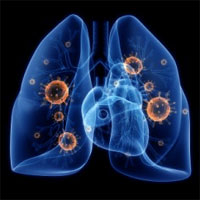
Prevention of VAP: Effects of a National multi-modal Approach in Spain
This large, prospective multi-centre study demonstrates that a national approach (incorporating a care bundle, education cascade, and clinical governance process) for Ventilator-associated pneumonia (VAP) prevention is feasible... read more




